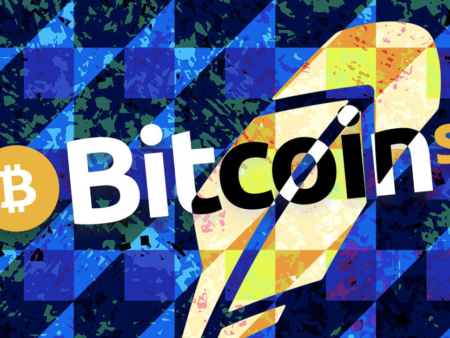
Circle filed a statement with the SEC that the automatic conversion of USDC to BUSD on Binance’s platform has caused the circulating supply of USDC to decline.
Circle does not believe that it is possible to meet its financial projections regarding the circulating supply of USDC given the current market situation.
Circle has justified to the SEC that approximately of the $8.3 billion decrease in USDC outstanding from June 30, 2022 to September 30, 2022, $3 billion was driven by Binance’s automatic conversion.
Circle, the issuer of the world’s second largest stablecoin, USDC, claimed in a filing with the U.S. Securities and Exchange Commission that the automatic conversion of USDC to BUSD on Binance’s platform has caused the supply of circulating USDC to decline.
Recall that in September, Binance made a decision to automatically convert all users’ USDC to its own stablecoin called BUSD.
Under this backdrop, Circle does not believe it is possible to meet its financial projections regarding the circulating supply of USDC given the current market situation and thus filed its amended S-4 registration statement with the SEC this November 14.
S-4, is a document that companies complete and submit to the SEC before executing a merger, providing an exchange offer or taking control over a company other than their own. For the record, in August 2021, Circle filed the first S-4 when it planned to merge with Concord Acquisition.
How is Binance’s decision impacting USDC?
Binance is the world’s largest crypto exchange but, in addition, it is also the issuer of the third largest stablecoin, BUSD. As we mentioned earlier , in September the crypto exchange announced that it would automatically convert customers’ holdings that were in USDC, USDP and TUSD to BUSD.
At the time, Binance claimed that the decision was intended to “improve liquidity and capital efficiency for users,” and now, Circle has justified to the SEC that approximately of the $8.3 billion decrease in USDC outstanding from June 30, 2022 to September 30, 2022, $3 billion was driven by Binance’s automatic conversion.
Circle’s estimate is based on the fact that from August 17 to September 30 BUSD experienced an approximate $3 billion increase in circulating BUSD.
Is Circle being affected by what happened with FTX?
On September 9 Jeremy Allaire, CEO of Circle, claimed on Twitter that the company had never made loans to FTX or Alameda and had never received FTT as collateral.
Amismo, he asserted that Circle has only a “tiny” equity position in FTX and, therefore, does not represent a “material exposure” on the company’s balance sheet.
Now, with the SEC filing, Circle disclosed that its exposure to FTX would be a $10.6 million U.S. dollar investment.
“The Company has suspended its services and transactions with FTX Group and is in the process of assessing the impact on the provision of future services to FTX Group and the potential indirect financial impact of FTX Group’s bankruptcy,” the filing stated.



